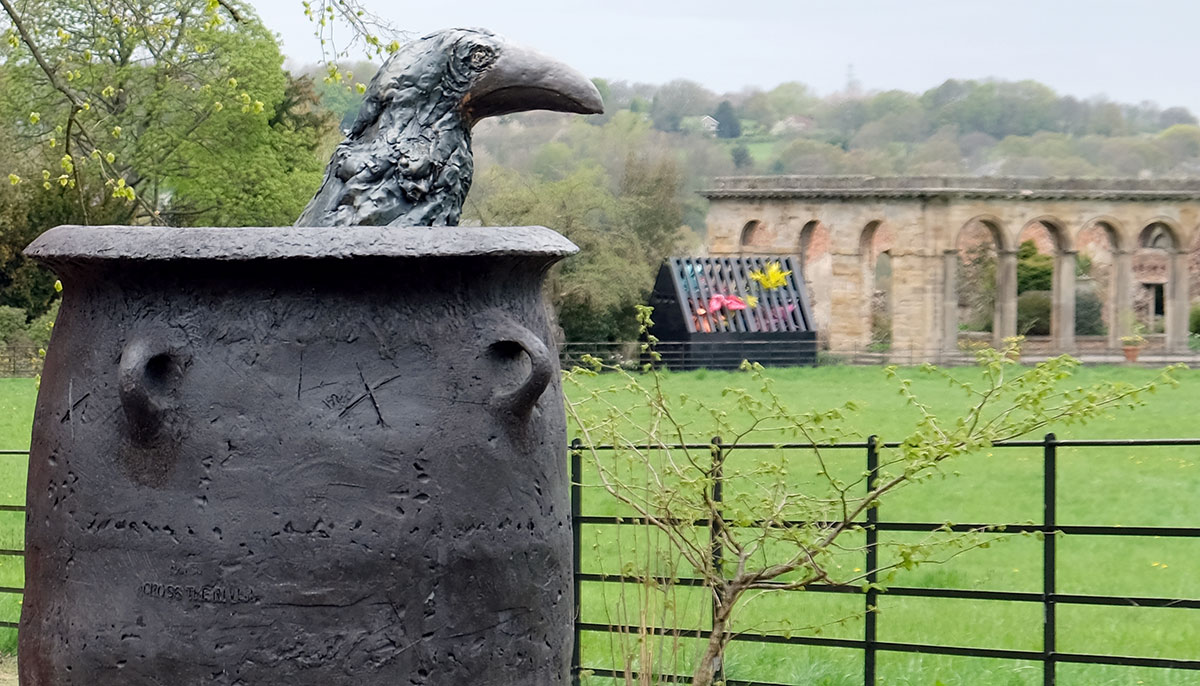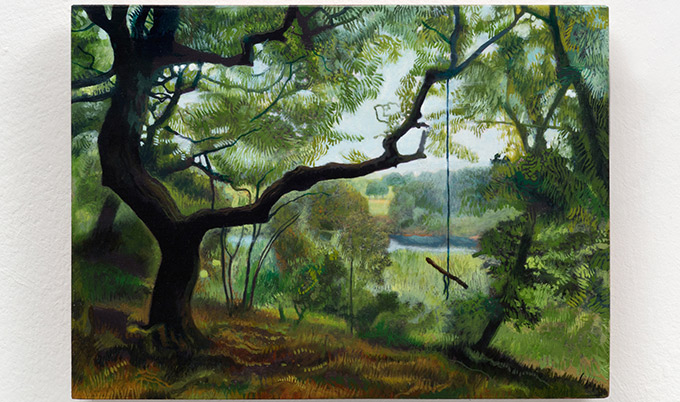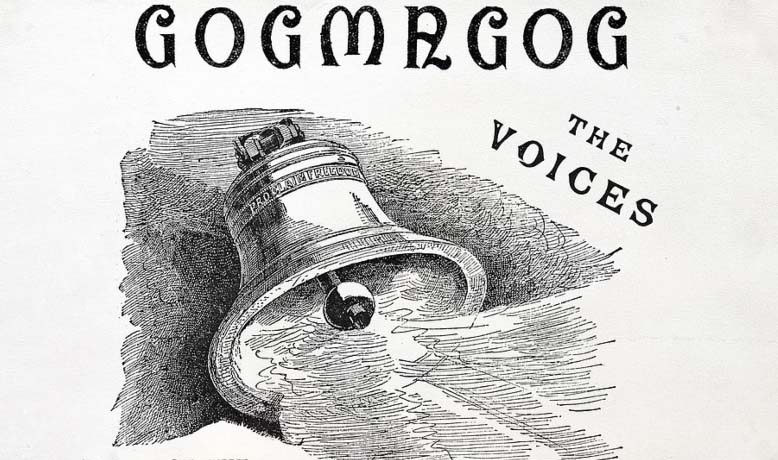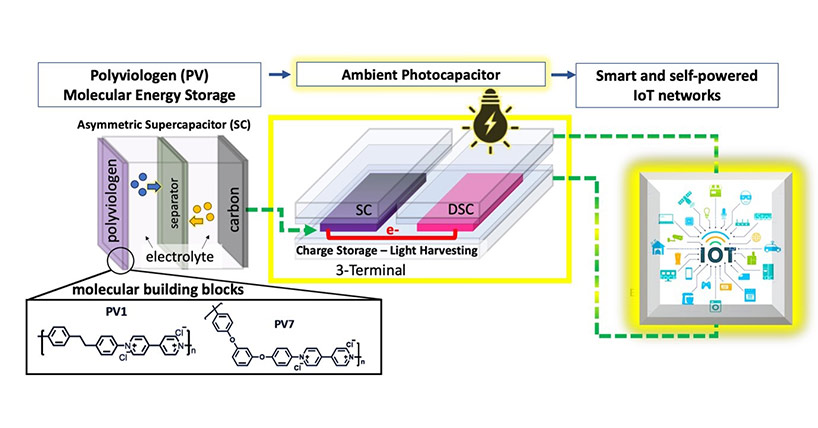Last chance - Mapping Contemporary Art
Last Chance to see Mapping Contemporary Art in the Heritage Experience
Published on: 14 September 2018
A group of academics and artists from Newcastle and Leeds Universities are studying how visitors to historic locations react to modern art.
Catalyst for thoughts
The aim of Mapping Contemporary Art in the Heritage Experience is to understand what sort of reactions placing contemporary artworks in heritage locations inspires in visitors. The project will chart how people respond emotionally and intellectually, it will also explore whether the art itself is a catalyst for thoughts and questions about the history of each location and its previous occupants.
This Arts and Humanities Research Council (AHRC) funded project is the very first time that academic researchers have joined forces with organisations such the National Trust, Churches Conservation Trust and English Heritage, for a collaborative investigation into how we respond to arts and heritage.

Gibside
To coincide with the National Trust’s year celebrating Women and Power, contemporary artists Fiona Curran and Andrew Burton have created brand new artworks for Gibside, inspired by heiress Mary Eleanor Bowes who once lived there.
In Fiona’s case, it is Mary Eleanor’s passion for botany and subsequent contribution to our understanding of plant science, that has inspired her artwork Your Sweetest Empire is to Please. It takes the form of an architectural folly which is modelled on a Wardian Case - a plant and seed transportation box derived from earlier 18th century experimental transportation boxes. The 4-metre structure houses a series of brightly coloured artificial ‘exotic’ plants.
Andrew Burton’s work, The Orangery Urns, is inspired by the story of twelve stone urns that once graced the balustrade of the Orangery. He has created a group of ceramic vessels made from red and black clay whose huge size is in keeping with the scale of the surroundings. Many of the vessels are inscribed with episodes from the scandalous, but harrowing, story of her marriage with the various characters represented as birds. Until Sunday 30 September.
Cherryburn
Cherryburn is a tiny farmstead, now owned by The National Trust that was once home to Northumberland’s greatest artist, Thomas Bewick (born 1753) - a leading naturalist, much sought-after wood engraver and keen walker.
Artist Mark Fairnington has followed in Berwick’s footsteps through a largely unchanged landscape and through the eyes of a contemporary artist, painted a series of beautiful miniatures that capture the local landscape. The paintings are displayed inside the house in an exhibition called Walking Looking and Telling Tales, inviting visitors to reflect on the creative process of capturing flora and fauna in such extraordinary detail. Until Sunday 4 November.

Holy Trinity Church
Holy Trinity Church (built 1719) cuts a strikingly arcane figure amongst the tower blocks and modern housing estates that have replaced the historic docks of Sunderland. Matt Stokes’ commission, Gogmagog: The Voices of the Bells, is a sound installation sited in the nave of the church that reinterprets a peal rung on its bells in 1898.
Gogmagog celebrates the history and resilience of the area through the eyes of Holy Trinity and its continuing legacy. Until Sunday 23 September.

Belsay Hall
Turner Prize winning artist Susan Philipsz has created a sound-based installation titled The Yellow Wallpaper. It features the artist’s solitary and lilting voice that curls through the rooms of the hall, coaxing the visitor to follow it. Multi layered and emitting mysteriously, the visitor becomes aware of the dark lyrics of this beautifully sung ballad; The Unquiet Grave.
A separate installation – ‘The Shallow Sea’ – can be heard from within the cellar. The spectral overlapping sound of Philipsz’ voice fills and reverberates around the spaces in the Hall, reinforcing a sense of ‘unquiet’. Until 16 September

Bold claims
Andrew Burton, who is also a Professor of Fine Art at Newcastle University, says: “The aim of the research is to test how contemporary art sited in heritage properties can change the experience of visitors, how it impacts on heritage organisations, including their staff and volunteers, and how it can change the working practices and professional lives of artists. Bold claims are often made by funding agencies and heritage organisations for the value of commissioning contemporary art – but they have never been rigorously tested. The research will be important in guiding future investment in the arts.”
The project is being documented through a website which will build into a rich resource for curators, the public, artists, students and researchers who want to find out more about the production and consumption of contemporary artworks commissioned for historic locations.
An exhibition at Newcastle’s Hatton Gallery and a major conference is planned for 2019 – both will include work and presentations from all the commissioned artists.



